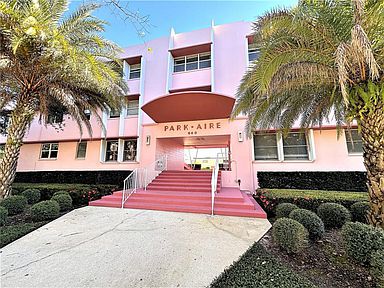National Housing market on the rise!
Why pending contracts for home sales have industry buzzing
Why pending contracts for home sales have industry buzzing
A slight decline in mortgage rates in December and January contributed to an improvement in pending home sales for a second consecutive month, according to data released Monday by the National Association of Realtors.
The Pending Home Sales Index – a forward-looking indicator of home sales based on contract signings – improved 8% in January. Year-over-year, pending transactions dropped by 24%.
The last time pending contracts registered an above 8% monthly increase was three months after the pandemic lockdown, when showings came to a standstill. In June 2020, pending home sales pace increased 17% compared to the previous month.
“Buyers responded to better affordability from falling mortgage rates in December and January,” said NAR Chief Economist Lawrence Yun.
NAR anticipates the economy will continue to add jobs throughout 2023 and 2024, with the 30-year fixed mortgage rate steadily dropping to an average of 6.1% in 2023 and 5.4% in 2024.

What is the Pending Homes Sales Index?
The Pending Home Sales Index, a leading indicator of housing activity, measures housing contract activity, and is based on signed real estate contracts for existing single-family homes, condos, and co-ops. Because a home goes under contract a month or two before it is sold, the Pending Home Sales Index generally leads existing-home sales by a month or two.
What does the new housing data mean for buyers and sellers?
The housing market is likely to remain in flux. Sellers are offering some price concessions. But, thanks to higher interest rates, that won’t be enough to get some buyers off the fence.
The new pending sales data for January provides further evidence that the housing market may have bottomed out at the end of last year, says Bright MLS Chief Economist Lisa Sturtevant.
“However, it likely won’t be a V-shaped rebound. Instead, expect a bumpy road on the way to a more normal housing market in 2023,” she says.
Mortgage rates have been trending higher over the past few weeks and the Federal Reserve has indicated it will raise rates at least two, and possibly three, more times this year, which could send mortgage rates higher still.
Mortgage applications were down in February as rates hit their highest levels since late November. Weekly data on housing market activity shows a pullback in buyer interest over the past three weeks.
“In the current housing market, it is a battle between the rational, financial calculus of homebuying and the instinctive, psychological side. The head versus the heart,” says Sturtevant.
“For some buyers, higher mortgage rates simply means buying a home is out of the question unless home prices fall,” she says. “For others, higher mortgage rates will be a hurdle but ultimately will not keep them from getting back into the market after sitting on the sidelines for months.”
Why is there so much uncertainty in the housing market?

Will existing home sales continue to drop?
Even with improving interest rates and job gains, Yun still expects annual existing-home sales to drop 11% in 2023 to a total of 4.5 million units before jumping 18% in 2024 to 5.2 million units. NAR projects new-home sales will fall 4% year-over-year in 2023 before growing 19% in 2024.
“Home sales activity looks to be bottoming out in the first quarter of this year, before incremental improvements will occur,” Yun said. “But an annual gain in home sales will not occur until 2024. Meanwhile, home prices will be steady in most parts of the country with a minor change in the national median home price.”
Regional breakdown of the housing market
The Northeast PHSI rose 6% from last month, a decline of 20% from January 2022. The Midwest index grew 8%, a drop of 21% from one year ago.
The South PHSI increased 8%, dipping 25% from the prior year. The West index rose 10% in January, down 29% from January 2022.
“An extra bump occurred in the West region because of lower home prices, while gains in the South were due to stronger job growth in that region,” Yun added.

